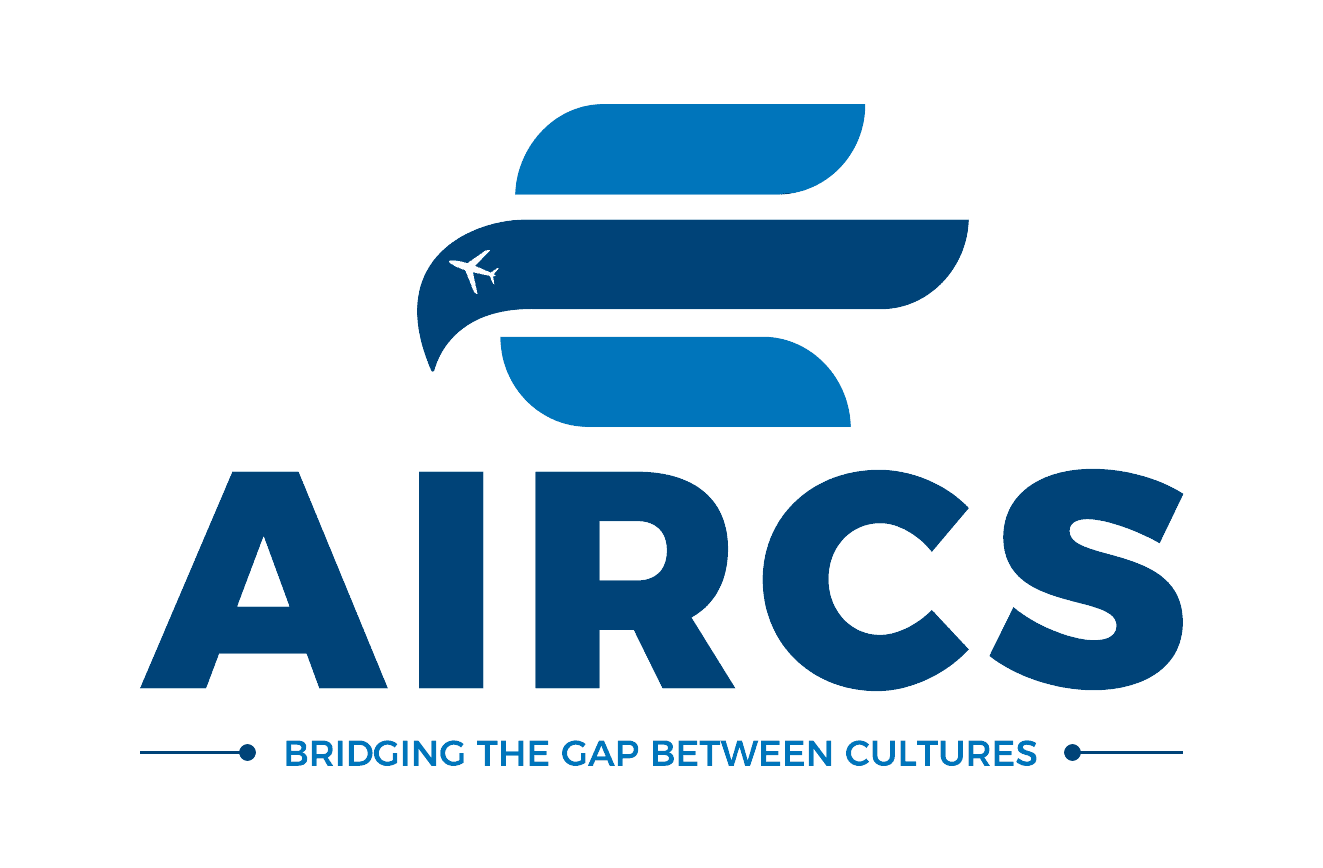A Traveler’s Journey: How to Apply for a Thailand Visit Visa from Pakistan
Think about organizing a vacation to Thailand—colourful markets on water, stunning and calm buildings of gods, and amazing sand areas. But before you dive into the adventure, there’s one essential step to take: applying for your visit visa. Here is your comprehensive guide that transmutes the visa application process into a traveled road and makes your trip as comfortable as possible.
Step 1: The Route – Choose the Right Visa Type
As a first step to the visa application, it is highly important that an individual establishes which category of visa the individual requires. In the case of tourism, the single-entry tourist visa usually is enough, and depending on the passport, you can enter the country for a stay of up to 60 days. However, if you think you may be coming more than once then go for a multiple entry visa, this visa is valid for six months and allows one to leave and come back to Thailand severally in the one period of six months.
The most common visa that may be granted to a visitor is the single-entry visa, and it is the only type of visa that we will be discussing here.
Step 2: Pack Your Essentials – Gather Required Documents
As with any journey, getting your documents in order is very much like placing your things in a suitcase. Here’s your visa documentation checklist:
- Passport: Ensure your passport is valid for at least six months from your intended arrival date in Thailand.
- Visa Application Form: Download the visa application form from the official website of the Royal Thai Embassy in Islamabad or obtain one at the embassy.
- Photographs: Two passport-sized photos taken against a white background.
- Flight Booking: A confirmed return flight ticket showing your travel itinerary.
- Proof of Accommodation: Confirmed hotel bookings or a letter from your host in Thailand.
- Bank Statement: Financial proof showing you can support yourself during your stay—typically a 6-month bank statement with a minimum balance of PKR 100,000.
Make sure each document is accurate, unambiguous, and current.
Step 3: The Map – Navigating the Application Process
With your documents in hand, let’s chart the course:
- Fill Out the Application Form: Complete your visa application form meticulously. Double-check for errors to avoid delays.
- Submission: You can either drop the documents in at the Royal Thai Embassy located in Islamabad or you can use any of the authorized visa processing agencies to do so for you.
- Visa Fee: Submit your biometric fingerprints and pay the visa processing fee of about PKR 5,000 for a single entry tourist visa. This is regarding non-refundable fees, so be sure that all your paperwork is accurate.
Step 4: Pit Stop – Biometrics and Interview
Occasionally, applicants are requested to submit fingerprints and a photograph or be interviewed. In case you are asked to go to an interview, you may expect that there will be questions regarding your travel including where you are going, why you are traveling, your financials/income, and what you plan to do upon reaching Pakistan.
Step 5: Wait at the Gate – Visa Processing Time
When you have completed your submission of an application you will have to wait for some time. The time taken in the visa processing normally takes 7-10 working days. You should apply in advance before your travel dates, to cover for any delays that may occur.
Step 6: Take Off – Visa Approval and Travel
When you get the visa you get ready for take off! Grab your passport with the colorful sticker for the visa attached to it verify your travelling dates and pack your luggage. It would also be advisable to take a copy of your visa approval together with your traveling documents when traveling to take your flight.
Bonus Tip: Visa on Arrival (If You’re in a Hurry!)
Another option if you are traveling at short notice is to obtain a Visa on Arrival (VoA) at certain airports in Thailand. Pakistani citizens are entitled to this option which enables you to extend your stay to 15 days. However, applying beforehand through the embassy offers more flexibility, especially if you plan to stay longer.
Conclusion: Ready to Explore Thailand?
By following these general procedures, you’ll be set up to apply for your Thailand visit visa and conquer your dream vacation. Thai culture, wildlife, and beaches give much to explore—so don’t hold back if you are thinking of exploring Thailand.
References:
- Royal Thai Embassy in Islamabad: Official Visa Requirements


